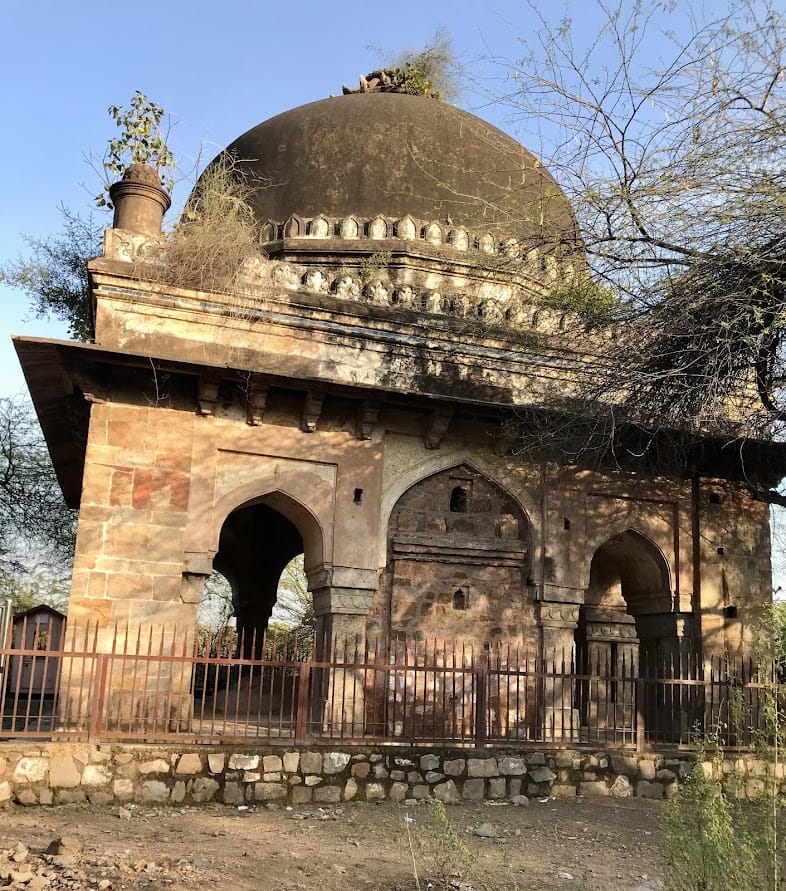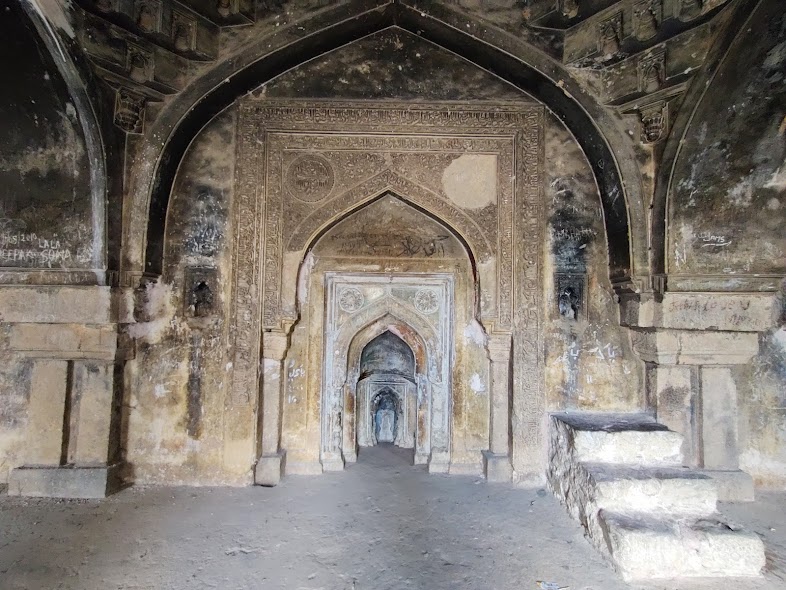

The Tomb of Khawaja Muhammad is a lesser-known historical monument in Delhi, located in the Mehrauli area, which is home to several important medieval structures. Khawaja Muhammad was a Sufi saint, though specific details about his life and contributions are not well documented. His tomb is an example of the simple yet spiritual architecture often associated with Sufi shrines. The tomb is believed to have been built during the Mughal period, possibly in the late 17th or early 18th century, though exact dates are uncertain. It reflects the traditional Islamic architectural style, featuring a square chamber with a central dome. The structure is modest in decoration, reflecting the Sufi philosophy of humility and devotion. Surrounding the tomb are small arched openings that provide access to the inner chamber. The tomb is situated in a relatively quiet area of Mehrauli, close to other Sufi shrines and Mughal-era tombs. This reflects the region’s long history as a spiritual center, where many Sufi saints were laid to rest. Despite its historical and religious significance, the Tomb of Khawaja Muhammad has not received much attention in terms of preservation. It stands as an important spiritual site for local devotees but is often overlooked by visitors exploring Delhi's more famous monuments.